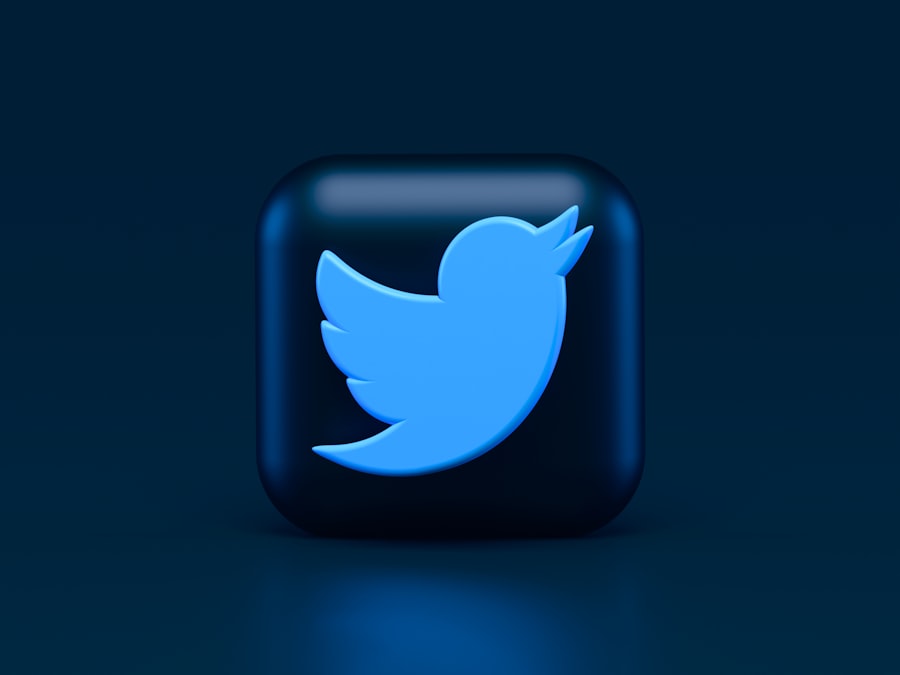The phenomenon of an iPhone unexpectedly shutting off can be attributed to a variety of factors, each with its own underlying mechanics. One of the most prevalent causes is battery-related issues. Over time, lithium-ion batteries, which power iPhones, can degrade due to numerous charge cycles, leading to diminished capacity.
As the battery ages, it may struggle to hold a charge, resulting in sudden shutdowns even when the battery indicator shows a reasonable percentage of remaining power. This is particularly common in older models, where the battery health may have significantly declined, causing the device to turn off under load or when the battery reaches a certain percentage. Another common cause is software glitches or bugs that can disrupt the normal functioning of the device.
iOS updates are designed to enhance performance and security, but they can sometimes introduce new issues.
For instance, a recent update might conflict with existing apps or system processes, leading to instability that manifests as unexpected shutdowns. Additionally, third-party applications that are poorly optimized or not regularly updated can also contribute to this problem.These apps may consume excessive resources or conflict with system operations, resulting in crashes or forced shutdowns.
Key Takeaways
- Common causes of iPhone shutting off include software glitches, hardware issues, low battery, and overheating.
- Troubleshooting steps to fix iPhone shutting off include restarting the device, updating software, checking for hardware issues, and resetting settings.
- To prevent iPhone from shutting off, users can regularly update software, manage battery usage, avoid extreme temperatures, and use genuine accessories.
- Seek professional help for iPhone shutting off if troubleshooting steps do not work, the device is under warranty, or there are hardware issues.
- Software updates can impact iPhone shutting off by fixing bugs, improving performance, and addressing battery issues. Users should regularly update their software.
- Tips for extending battery life and preventing iPhone from shutting off include adjusting settings, managing apps, using low power mode, and avoiding extreme temperatures.
Troubleshooting Steps to Fix iPhone Shutting Off
When faced with an iPhone that frequently shuts off, there are several troubleshooting steps that users can take to identify and potentially resolve the issue. The first step is to check the battery health by navigating to Settings > Battery > Battery Health. This feature provides insights into the maximum capacity of the battery and whether it is operating at peak performance.
If the maximum capacity is significantly below 80%, it may be time to consider a battery replacement. Users can also look for any messages indicating that the battery needs servicing, which can provide further clarity on the issue. If battery health appears satisfactory, the next step involves updating the iOS software.
Apple regularly releases updates that address bugs and improve system stability. To check for updates, users should go to Settings > General > Software Update. If an update is available, downloading and installing it may resolve any software-related issues causing the device to shut down unexpectedly.
Additionally, users should consider resetting all settings by going to Settings > General > Reset > Reset All Settings. This action will not erase personal data but will reset system settings such as Wi-Fi passwords and wallpaper preferences, potentially eliminating any misconfigurations that could lead to shutdowns.
How to Prevent iPhone from Shutting Off

Preventing an iPhone from shutting off unexpectedly involves a combination of proactive maintenance and mindful usage habits. One effective strategy is to regularly monitor and manage battery health. Users should be aware of their charging habits; for instance, avoiding letting the battery drain completely before recharging can help prolong its lifespan.
Instead of charging overnight or allowing the battery to drop to low levels frequently, users should aim to keep their iPhones charged between 20% and 80%. This practice can help mitigate wear on the battery and reduce the likelihood of sudden shutdowns. Another preventive measure is to limit background app activity.
Many applications run processes in the background that can drain battery life and strain system resources. Users can manage this by navigating to Settings > General > Background App Refresh and disabling this feature for non-essential apps. Additionally, turning off location services for apps that do not require it can also conserve battery life.
By being selective about which apps are allowed to run in the background and access location data, users can help ensure their devices remain stable and functional.
When to Seek Professional Help for iPhone Shutting Off
| Symptoms | When to Seek Professional Help |
|---|---|
| iPhone shuts off randomly | If the issue persists after trying basic troubleshooting steps |
| Overheating and then shutting off | Immediately, as it could indicate a serious hardware problem |
| Repeatedly shuts off during use | When the problem occurs frequently and disrupts normal usage |
| Shuts off and won’t turn back on | Urgently, as it may indicate a critical hardware failure |
While many issues related to an iPhone shutting off can be resolved through troubleshooting and preventive measures, there are instances when professional assistance becomes necessary. If users have attempted all recommended troubleshooting steps—such as checking battery health, updating software, and resetting settings—yet the problem persists, it may indicate a deeper hardware issue. For example, a malfunctioning logic board or other internal components could be responsible for the erratic behavior of the device.
Additionally, if the iPhone experiences other symptoms alongside unexpected shutdowns—such as overheating, unusual noises, or persistent error messages—these could signal serious underlying problems that require expert diagnosis. In such cases, visiting an Apple Store or an authorized service provider is advisable. Technicians have access to specialized tools and diagnostic software that can identify hardware failures or other issues that may not be apparent through standard troubleshooting methods.
Understanding the Impact of Software Updates on iPhone Shutting Off
Software updates play a crucial role in maintaining the performance and security of an iPhone; however, they can also inadvertently lead to issues such as unexpected shutdowns. Each update is designed to fix bugs and improve functionality, but sometimes new software can introduce unforeseen complications. For instance, a major update might change how certain system processes interact with apps, leading to instability if those apps are not optimized for the new version of iOS.
Moreover, users who delay updates may find themselves facing compatibility issues with newer applications or features that rely on the latest software enhancements. This can create a cycle where outdated software leads to performance problems, including unexpected shutdowns. Therefore, while it is essential to stay current with updates for security reasons, users should also be mindful of potential issues that may arise post-update and be prepared to troubleshoot if necessary.
Tips for Extending Battery Life and Preventing iPhone from Shutting Off

Extending battery life is not only beneficial for overall device longevity but also plays a significant role in preventing unexpected shutdowns. One effective method is enabling Low Power Mode when battery levels drop below 20%. This feature reduces background activity and optimizes performance by limiting certain functions like mail fetch and visual effects.
Users can activate Low Power Mode through Settings > Battery or by adding it to their Control Center for quick access. Another practical tip involves managing screen brightness and display settings. The display is one of the most power-hungry components of an iPhone; therefore, reducing brightness or enabling Auto-Brightness can significantly conserve battery life.
Users should also consider setting a shorter Auto-Lock time under Settings > Display & Brightness > Auto-Lock. By ensuring that the screen turns off quickly when not in use, users can minimize unnecessary battery drain. In addition to these strategies, regularly cleaning up unused apps and files can help maintain optimal performance.
Deleting apps that are no longer needed not only frees up storage space but also reduces background processes that could contribute to battery drain. Furthermore, users should periodically review their app usage and uninstall any applications that are known for excessive power consumption or poor optimization. By implementing these practices and remaining vigilant about their device’s health and performance, users can significantly reduce the likelihood of their iPhones shutting off unexpectedly while also extending overall battery life.
If you are experiencing issues with your iPhone shutting off unexpectedly even with battery left, you may want to check out this article on appssoftwares.com for potential solutions. This website offers helpful tips and tricks for troubleshooting common iPhone problems, including battery issues. By following their advice, you may be able to resolve the issue and prevent your phone from shutting off prematurely.
FAQs
Why is my iPhone shutting off with battery left?
There are several potential reasons why your iPhone may be shutting off with battery left. It could be due to a software issue, a hardware problem, or even user error.
What are some common software issues that can cause an iPhone to shut off with battery left?
Common software issues that can cause an iPhone to shut off with battery left include outdated software, app conflicts, and software glitches. Updating your iPhone’s software and troubleshooting app conflicts can help resolve these issues.
What are some common hardware problems that can cause an iPhone to shut off with battery left?
Common hardware problems that can cause an iPhone to shut off with battery left include a faulty battery, a damaged charging port, or a malfunctioning power button. If you suspect a hardware issue, it’s best to have your iPhone inspected by a professional.
How can user error cause an iPhone to shut off with battery left?
User error, such as not properly charging the iPhone or using incompatible charging accessories, can lead to the device shutting off with battery left. Ensuring that you are using the correct charging methods and accessories can help prevent this issue.
What steps can I take to troubleshoot my iPhone shutting off with battery left?
Some troubleshooting steps you can take include updating your iPhone’s software, checking for app conflicts, ensuring proper charging methods, and inspecting the hardware for any issues. If the problem persists, it’s recommended to seek assistance from Apple support or a certified technician.
